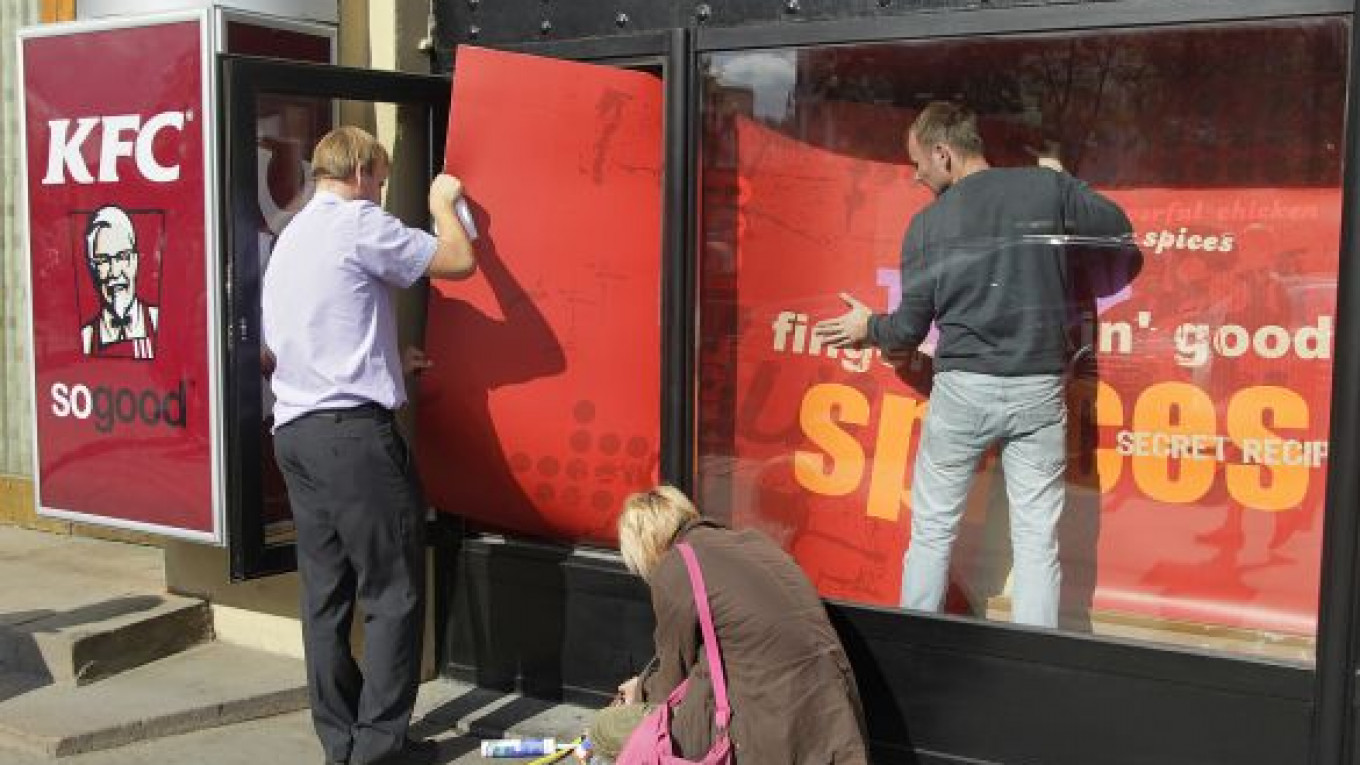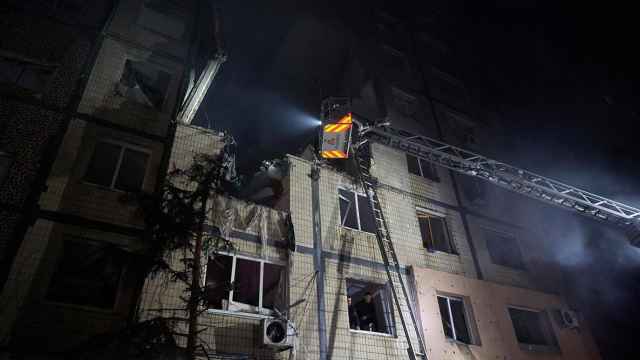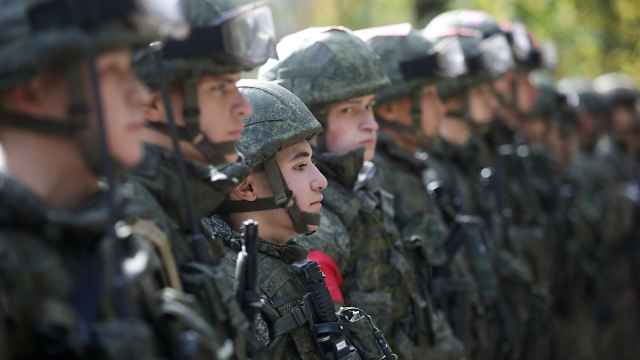A white-haired colonel from the American south officially replaced a white bird as the symbol of fast-food fried chicken in Moscow, as U.S. chain KFC announced that it is rebranding.
The event marks the third time the company has attempted to find its position on the Russian market, having seen different partnerships and challenges over the last 16 years.
The latest incarnation involved a five-year partnership with Rosinter, one of the country’s leading restaurant chains, which culminated in a friendly buyout that ends the Rostik’s fried chicken brand.
“We are positioning ourselves as a Western brand,” said Piotr Rozanski, marketing director for Yum!Brands, the company that owns KFC.
The chain will rebrand the 164 Rostik’s-KFC restaurants already operating in Russia, Armenia, Azerbaijan and Kazakhstan. The process should be complete at some point in mid-2012, by which time all the stores will carry the single KFC logo and decor. Some former Rostik’s hallmarks, like serving beer, will be continued.
The bulk of existing locations, or 153 stores, are in Russia, with 81 in Moscow and 72 in the regions. Fifty of the 164 restaurants are corporate, and the rest are franchises. The company plans to add 300 restaurants by 2015 in Russia and the Commonwealth of Independent States.
The typical KFC customer is aged 16 to 39, is not afraid to try new things and wants to see society progress while enjoying a Western dining experience, said Oleg Pisklov, general director of Yum!Brands in Russia. The company also owns Pizza Hut and Taco Bell, which has yet to make a landing in the former Soviet Union.
An extensive advertising campaign, called “So Good,” will accompany the rebranding and include a television commercial featuring attractive teenage girls feeding fried chicken to young men.
Yum! had a global retail turnover of $11 billion in 2010. The average check at local KFCs amounts to 200 rubles, Pisklov said, which is about the same as in the United States.
Yum! and domestic chicken chain Rostik’s entered a partnership in 2005 and became Rostik’s-KFC. In line with the terms of that deal, Yum! had the option to buy out the local brand after five years, which it exercised in 2010.
“There is a right time for everything,” Pisklov said. “The whole point of the partnership was to get full control of the brand in the end.”
Rostik’s provided a smooth entry into the local market, Pisklov said. The challenges of entering the Russian market include a lack of infrastructure — which makes delivering fresh food a problem for a chain that uses fresh local chicken — and also a problematic legal framework, high real estate prices and a lack of available space and professional employees.
The rebirth of KFC comes on the heels of a fast-food boom in Russia. Earlier this year, American hamburger chain Wendy’s opened its first eatery in Russia on Arbat.
“We are happy about the market, it is growing quickly,” Pisklov said.
Company spokespeople were loath to talk about earlier attempts to satiate Russian’s fried chicken demands. Prior to the 2002 renaming, different companies operated the chain, they said.
In 1995, KFC joined sister company Pizza Hut, which had already been in Russia for five years, in opening a double outlet in a prime location on Kutuzovsky Prospekt. But three years later, at the height of the 1998 financial meltdown, both chains — owned by former Pepsico subsidiary Tricon Global Restaurants — abruptly departed.
Tricon, which was later spun off and renamed Yum!Brands in 2002, said at the time that its lease had expired. But a source who declined to be identified told The Moscow Times in October 1998 that the firm was involved in a dispute with its joint venture partner Mosrestoranservis over division of profits and real estate issues.
In 2000, KFC returned with a franchised restaurant on Arbat run by Talisfood, a subsidiary of Singapore’s Acma Technologies. But in summer 2003, the outlet closed.
It “didn’t meet standards,” Steve Varsano, who at the time led European business development for Yum!Brands, told The Moscow Times two months later when he was in town looking for a suitable partner — someone that could open at least 120 restaurants by 2010, he said.
With 153 restaurants operating in Russia, the Rostik’s venture turned out to be the fulfillment of the adage: The third time's the charm.
"Our clients … like our chicken," Pisklov said.
A Message from The Moscow Times:
Dear readers,
We are facing unprecedented challenges. Russia's Prosecutor General's Office has designated The Moscow Times as an "undesirable" organization, criminalizing our work and putting our staff at risk of prosecution. This follows our earlier unjust labeling as a "foreign agent."
These actions are direct attempts to silence independent journalism in Russia. The authorities claim our work "discredits the decisions of the Russian leadership." We see things differently: we strive to provide accurate, unbiased reporting on Russia.
We, the journalists of The Moscow Times, refuse to be silenced. But to continue our work, we need your help.
Your support, no matter how small, makes a world of difference. If you can, please support us monthly starting from just $2. It's quick to set up, and every contribution makes a significant impact.
By supporting The Moscow Times, you're defending open, independent journalism in the face of repression. Thank you for standing with us.
Remind me later.






